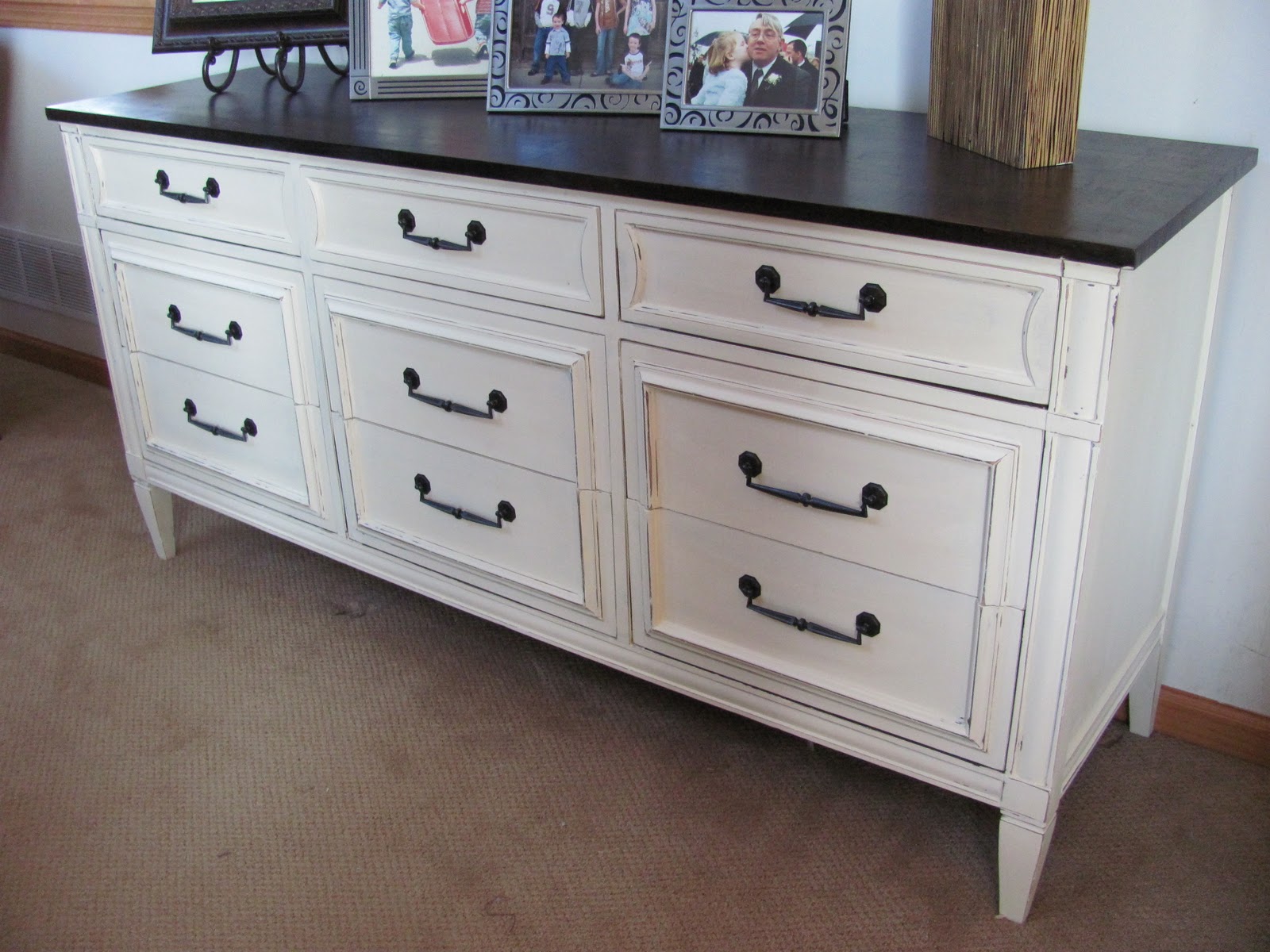

Necessary cookies are absolutely essential for the website to function properly. I hope you feel empowered that you can chalk paint furniture in these 6 easy steps! That’s it! It’s not very hard, but because of drying times, give yourself at least two days to complete, and then possible a third day if sealing. Maybe I just had good luck! But these are things to be aware of, and a deciding factor in choosing a wax or poly top coat. I have had pieces, such as my tea cart, by a window in direct sunlight, and have never had any issues. With wax, the recommendation is not to put a piece of waxed furniture where it will get direct sunlight, and to re-coat every year or more often as needed. Since I have only done occasional pieces of furniture, not something that would get heavy use like a kitchen table, I have only used wax. You should let your piece cure for 24 hours before sealing. Here is a great article by DIY Beautify that outlines the differences.

However, if it’s a piece of furniture that is going to be used, it really needs to be protected! There are two basic ways to seal chalkpaint-wax and poly. Personally, if it is just a decorative piece like a candle holder, wood box, etc., I don’t spend the time and money to protect it. The last step is to decide if you want to seal and protect your piece. Distressing looks best when it is on the points of furniture that would naturally show wear, but it’s all up to you! Sand a little harder, or go down a few levels in sand paper to scuff up the paint where you want a distressed area.

At this point, you can decide if you want to distress any areas. I generally sand the whole piece, because, again, I’m not the most talented painter and my brushstrokes usually show, and I normally have a drip or two. Just lightly sand because you don’t want to remove the paint itself. I like to use a sanding block because it is easier for me to hold, and I dampen it sometimes for an even smoother finish. I’m about the most impatient person in the world, but I have learned it only makes a mess to sand too soon.Īs I said above, 220 grit is preferable because it is very fine and won’t sand off all of your hard work. Remember, always let it dry completely before adding the next coat of paint or sanding. I used to sand between coats, and it did result in a beautiful glassy finish, but it’s SO much work, and I think it looks just as good waiting until the final coat to sand. Zinzer is highly recommended for priming furniture, but Kilzworks just fine as well. If you piece is very old and dark, save yourself some hassle later and prime it first. Sometimes this can happen days later, staining your freshly painted piece. Primer-While the beauty of chalk paint is that no primer is needed, I have found that in some very old, dark stained pieces, stain can seep through the paint. An angled sanding block is perfect for getting into any crevices or small areas of the furniture. Sandpaper- While you don’t usually need to sand a piece of furniture before chalk painting, unless there are rough or splintery patches that you don’t want rough and splintery, you will probably want to have 220 grit sand paper on hand for any brush strokes or drips that may show. In my experience, skimping on the quality has only led to frustration and a sloppy looking piece of furniture. I prefer Annie Sloane, but many have used Rustoleum and have had success. Paint-Next to a quality brush, a quality chalk paint is essential. Purdy is the only brand that I use for chalk painting. Paint brushes- A quality paint brush is crucial for chalk painting success.


 0 kommentar(er)
0 kommentar(er)
